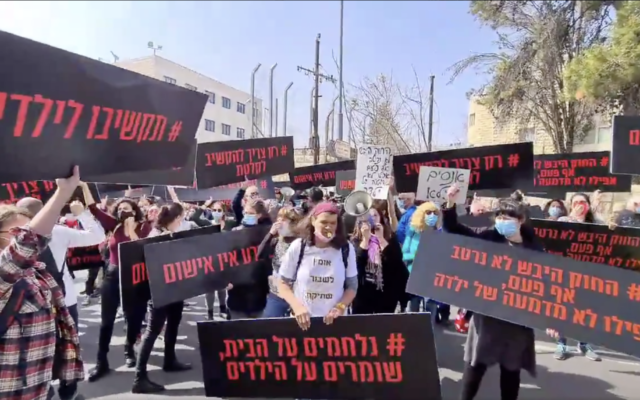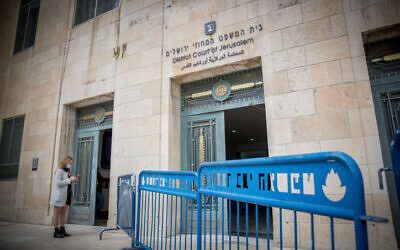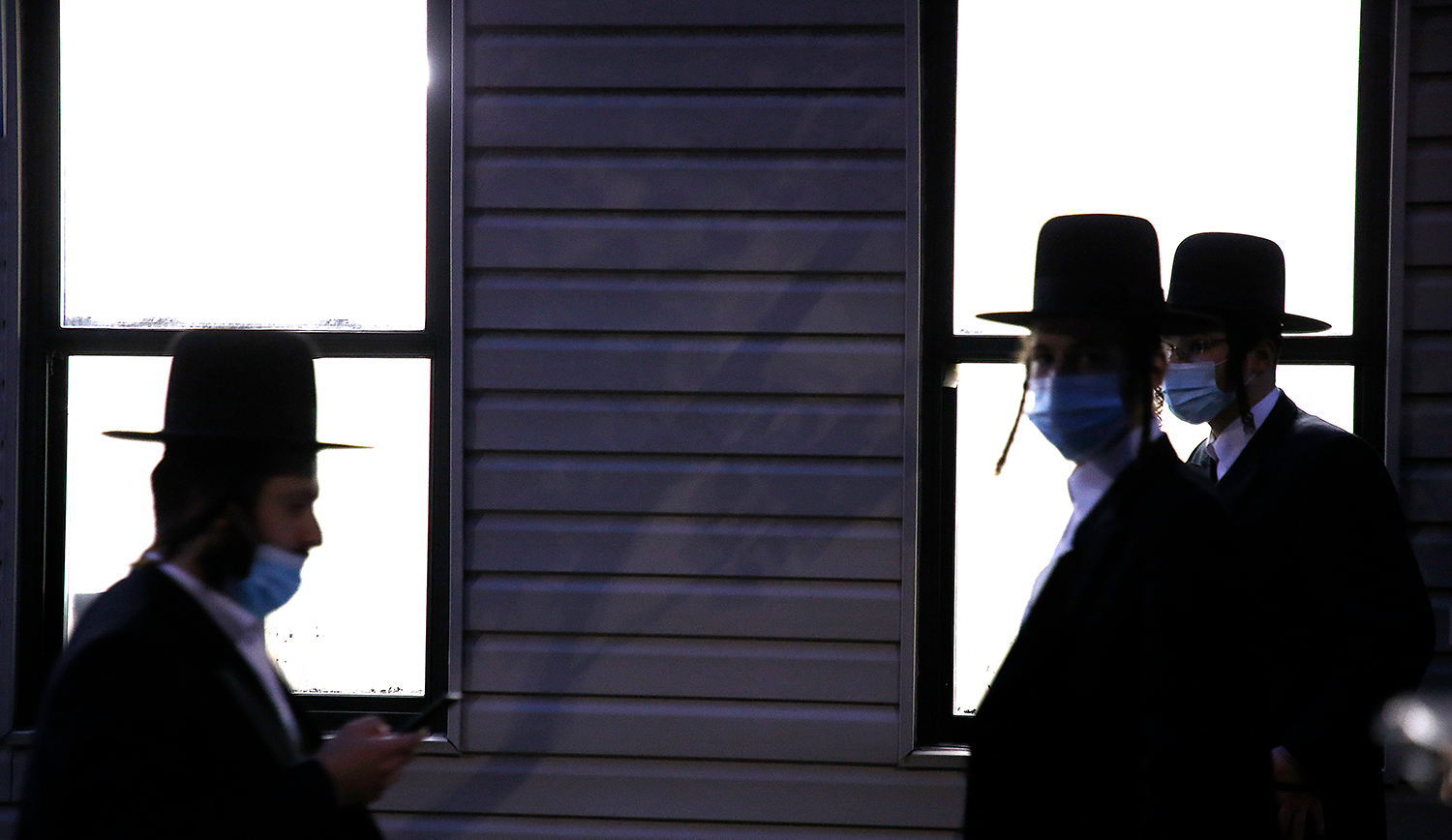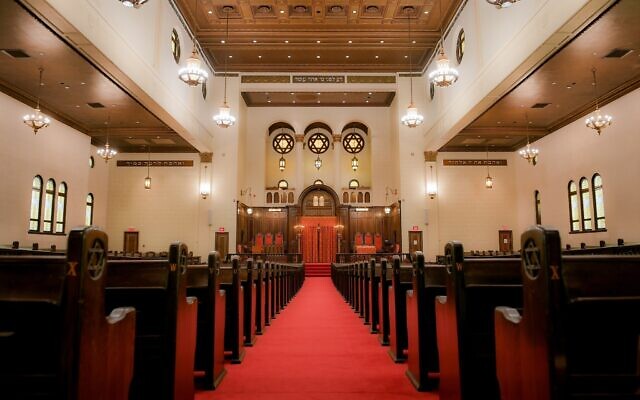The silent threat to haredi children's safety in Israel
Evidence is mounting that pedophile rings have infiltrated Israel's haredi communities.
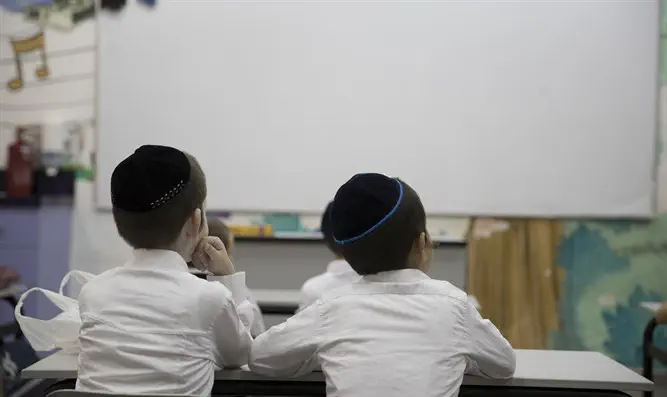
Back in January 2020, 'The hidden crime of pedophilia' was featured at Israel National News. Its overriding basis exposed a growing, although heretofore silent, threat inside the overall Jewish community - both within Israel and outside its borders. At the same time, embedded analyses zeroed in on an especially vulnerable target: children in Haredi communities.
For well over a decade, youngsters within the Jerusalem neighborhoods of Nachlaot and Sanhedria have been victimized by a ring of pedophiles who infiltrated those neighborhoods. How can this be? In no uncertain terms, this is the most urgent question of all. Yes, law enforcement and the political hierarchy have much to account for.
Still yet, even with said unfathomable 'failure to protect' laid bare, there is a modicum of hope to be found in this agonizing and delicate arena - albeit it exists outside of Israel. As stated within last year's article, strides have been made to tackle this insidious scourge, that is, with the assistance of a particularly courageous individual (alongside others) and a leading communal organization: namely, Rabbi Yossi Jacobson, as well as the Jewish Community Watch
The crime of pedophilia is horrific wherever it surfaces, the wreckage (psychological and physical) left in its wake is incalculable. As such, this abject neglect lands smack at the doorsteps of the powers that be. Discomfiting, but no less true.
Fast forward to the here and now, fourteen months from this writer's previous report at Israel National News, and it has come to the attention of these ears - by way of a seasoned investigator in Jerusalem - that the initial crime of pedophilia plaguing Jerusalem via a network of well-coordinated pedophile rings has spread to communities in the center of the country.
More specifically, certain wealthy enclaves in Tel Aviv are currently caught in the cross-fire. Not only that, Haifa - Israel's unofficial northern 'capital' - joins a growing list of targeted cities. For the record, at this juncture, the homey and welcoming neighborhood of Neve Sha'anan finds itself in the grip of a pedophile ring. Though a mix of families from various levels of observance live harmoniously in this lovely part of Haifa, it is Haredi children who, for the most part, find themselves in danger.
Inexorably, while it appears easier to penetrate the Haredi sector (for various complex and not so complex factors), there are indicators that non-Haredi children will become their next victims - if the situation remains as is. And how can any child be left unprotected from pedophile rings??
At its base, the overarching implication is clear: predictably, akin to a cancer diagnosis that is left untreated and allowed to metastasize within the body, it is understood - at the very least, by rational people - that the prognosis is inevitable: prolonged suffering and eventual death. Similarly, when societal cancers are ignored and left to fester, the outcome will be nothing short of dire. Indeed, sooner than later.
But for the above to be truly internalized for the danger that it is - as opposed to being viewed as hysteria-mongering, - it is not for nothing that the Knesset held a special session on this very matter, December 23, 2020. It's about time. But it remains to be seen if anything is done. So far, there is only a cross between lip service and deafening silence. This disheartening assessment is not coming from this end, rather, per the testimony of those who handed the Knesset committee and law enforcement more than enough evidence to squash the rings in their tracks. The full force of the state's tool-box has enough legal ammunition to deploy. Whatever it takes.
Moreover, key Knesset testimonies were given by the following heavy-weights:
Haim Rivlin, a highly regarded investigative journalist for Channel 13, who has been in the forefront of the reporting; two childhood trauma experts (one from Jerusalem, another from Baltimore, Maryland, both of whom interviewed many of the victims and their parents), plus other expert witnesses who, in one capacity or another, dealt with the victimized children.
In addition, one trauma expert attested to evaluating over 85 children in Israel (and there are many others, yet to be clinically evaluated), now suffering from what is clinically-termed "disassociation", coupled with assorted knock-on mental and physical afflictions.
They all testified to a consistent, highly fear-invoking part of the trauma - once the full details poured forth from the children during therapy sessions: pictures! In the most rawest of terms, the serial abuse of said innocents is nothing less than monstrous. Mind-numbing. Over and over again, they were forced to pose for explicit photos. It was determined - through accumulated evidence - that this was done for several reasons; some of which involved blackmailing the families. Many of the photos have been allegedly uploaded via the 'Dark Net' for various motives, including profit. Child trafficking.
The testimony also revealed that a higher-up in the Cyber Crimes Unit was handed a treasure trove of information. Nevertheless, his response was dumbfounding: he had no mandate to pursue it! No mandate?
A few years back, particular law enforcement agents from the Serious Crimes Unit were more than willing to take possession of a mountain of evidence - documents handed to them by the very SAME trauma experts, while behind closed-door interviews for several hours. So far, so good. Still yet, nothing concrete has been done, even after all this time. There are no words....
Aside from the noteworthy, jaw-dropping investigative series by Haim Rivlin (video links are provided below), and with its basis translated from Hebrew, the Investigations and Intelligence Division blew the explosive evidence off, even after promising otherwise!
Haim Rivlin:
Part One: https://www.facebook.com/watch/live/?v=785891978487972&ref=watch_permalink
Part Two: https://www.facebook.com/watch/live/?v=785916805152156&ref=watch_permalink
https://www.facebook.com/Hamakor.tv/posts/2586612364727602/
Haim Rivlin's investigation, as excerpted, January 2, 2020:
Yesterday (Wednesday) we broadcast in the headlines of the 13 News Edition the response of the police to the ′′Dark Secret in Jerusalem′′ investigation in which the police announced that they will re-check the complaints filed in the Sanhedria affair.
The full response formula was:
′′All the complaints presented in the program were investigated by the police in the past, however, following the broadcast of the program, it was decided in the Investigations and Intelligence Division to re-examine the complaints presented. In addition, if new complaints were received or evidence that could shed new light on the events, upon the end of the material exam, it will be decided whether to continue. ′′
We broadcast the comment headline and highlighted the above expression of support throughout the day in a line of media interviews. Except tonight, about two hours before the broadcast, the police chose to send a much more soft response that is their formula::
"As a rule and as has already been said in the past, the complaints presented in the program were carefully investigated by the police from which it has arisen that alongside evidence of the existence of sexual offenses in which they were filed, there is no basis for suspicion of the existence of cults or organized activities for the exploitation of children in the spoken communities.
"Not only this and more. the investigation has raised a suspicion based on the attempt to create a false presentation by stakeholders to encourage rumors of the injury to children.
"It will be emphasized, however, that in light of the sensitivity of the issue, a courtesy has been made to the program, to find out whether new complaints have been received or evidence that can shed new light on the events. And to examine the continuation of their treatment and also now I am appealing to everyone who has such information to pass on to treatment.′′
The program studio was pre-recorded today at noon, which was clarified to the police spokespersons in advance. Compare the comments for yourself and especially watch tonight's ′′The Source′′ show and decide whether ′′the complaints have been carefully investigated."
* * * * * * * * * * * *
Beyond shocking. Stupefying. What's going on?
Adding more heft to what has become an omerta-like, reflexive response from those in charge, along comes Yael Dan - a well-known journalist and radio show host for Israel Army Radio - into the mix. Her two-part interview on this very same explosive topic, dated 2/28/21 and 3/1/21, can be accessed here and here.
Now, what bears particular note is this: even though the aforementioned journalists are left-wing in their outlooks, their rage is palpable; a boiling anger that no one within authority is doing anything to stop this from affecting countless victims in Haredi communities!
Let's be honest: the very fact that more rings are operating with impunity throughout Israel, only supports the mounting charges made against a growing list of authority figures, those who are in position to turn the tide but resist doing anything of substance. Again, what's going on?
Conclusively, the following queries are in need of immediate answers AND action plans:
- Where are the voices of right-wing journalists within Israel, regarding this topic of all topics? The children and families deserve no less!
- Where are relevant law enforcement, officers sworn to pursue and uphold justice? What have they been doing all these years, if anything? It is past time for full transparency.
- Most trenchantly, where are Israel's top political leaders vis-à-vis the 'crime of all crimes' against children? Finally, where are all the politically-connected Haredi 'machers', while the cries of the children go unanswered?
* Haim Rivlin's investigation, as excerpted, January 2, 2020
Part One: https://www.facebook.com/watch/live/?v=785891978487972&ref=watch_permalink
Part Two: https://www.facebook.com/watch/live/?v=785916805152156&ref=watch_permalink
https://www.facebook.com/Hamakor.tv/posts/2586612364727602/







